How to make your Android device's screen look less or more zoomed-in by changing its PPI value

Say, ever used someone else's Android device for a while, only to come back to yours and get the strange feeling that the icons and text are way too big, or too small? Curiously, users of the Sony Xperia Z3 and Z3 Compact have discovered that they get to see the same amount of content on each, even though the former measures 5.2 inches by diagonal, while the latter is just 4.7 inches. It's not your vision, there might is a real problem there, and it lies in how your device's manufacturer decided to scale the content shown on its display.
Take the LG G3, for example - its display's native pixel density is 534 pixels per inch, but LG artificially set the value at 640ppi, which makes everything look big and zoomed-in. Although it looks perfectly fine, you are not getting the most out of the screen's spacious 5.5-inch diagonal. By reducing the ppi to 540, a value that LG G3 modders consider very comfortable, the available screen real estate is utilized more appropriately - icons are less cramped, you can see more lines of text, and it feels like your display grew a little bigger! Here's a before and after comparison:
The best part is, you don't have to do anything complicated to change your display's pixel density for the better. You aren't losing image quality either, although some UI elements might not scale correctly - in this case, it's the app drawer button. Still. here are the steps you need to take:
- Download and install Minimal ADB and Fastboot v1.1.3 for Windows - download here.
- Enable USB debugging on your device. And if you haven't done any modding on it before, find and install an official Windows USB driver from its manufacturer.
- Connect your device to your PC via USB cable. Then start Minimal ADB and Fastboot from the desktop shortcut. Type "adb devices" (without quotes) in the command prompt to check if adb recognizes your phone. Don't worry if you get a server or daemon error message.
- Use this pixel density calculator to find out what your device's native PPI is.
- If your connection is alright, type "adb shell wm density n" (without quotes) where "n" is the pixel density value you want to try. You can start with your screen's native value, which will probably make everything tiny. So try increasing the number from there and see where that takes you! Mind you, the change will disappear when you reboot your device.
The best part is, you don't have to do anything complicated to change your display's pixel density for the better. You aren't losing image quality either, although some UI elements might not scale correctly - in this case, it's the app drawer button. Still. here are the steps you need to take:
- Download and install Minimal ADB and Fastboot v1.1.3 for Windows - download here.
- Enable USB debugging on your device. And if you haven't done any modding on it before, find and install an official Windows USB driver from its manufacturer.
- Use this pixel density calculator to find out what your device's native PPI is.
- If your connection is alright, type "adb shell wm density n" (without quotes) where "n" is the pixel density value you want to try. You can start with your screen's native value, which will probably make everything tiny. So try increasing the number from there and see where that takes you! Mind you, the change will disappear when you reboot your device.
Follow us on Google News


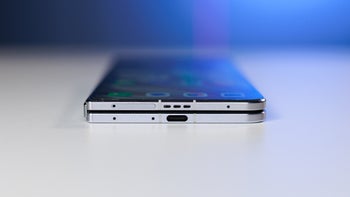
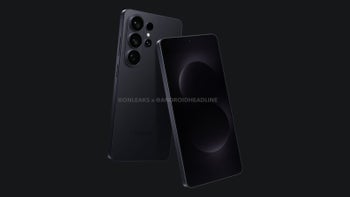
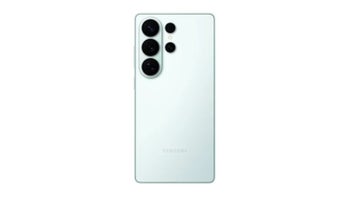
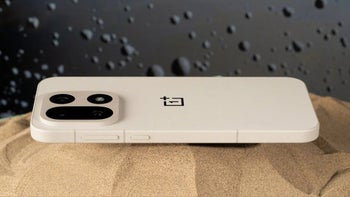
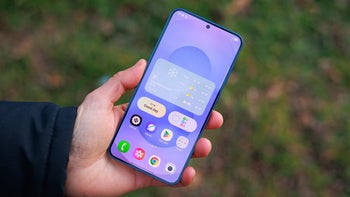
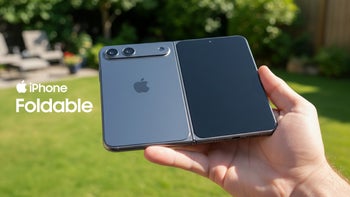
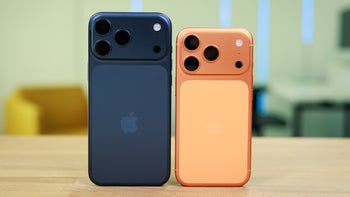
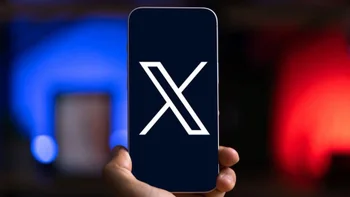
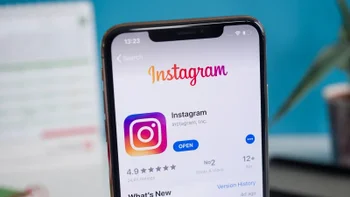
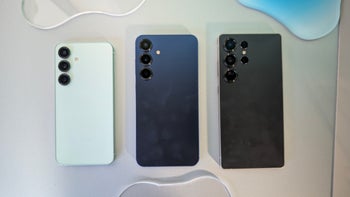
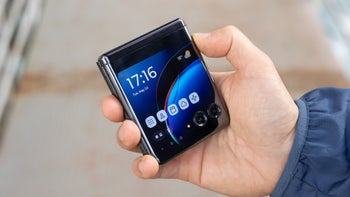
Things that are NOT allowed:
To help keep our community safe and free from spam, we apply temporary limits to newly created accounts: